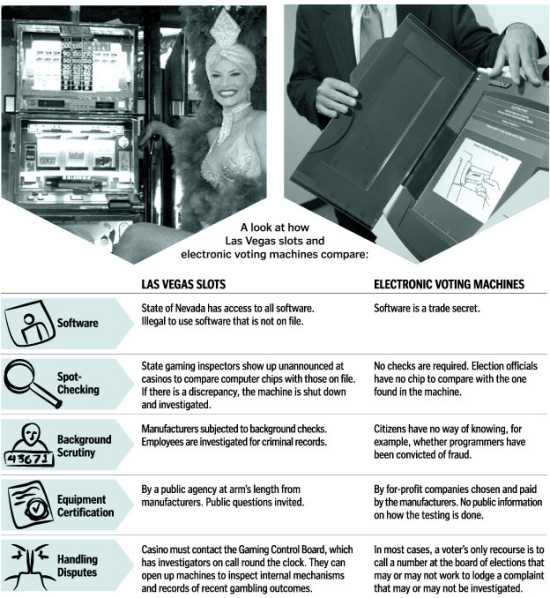 Here in Canada, we vote in our federal elections using a paper ballot that is standardized across the country; aside from the candidate names, the ballot looks the same no matter where you vote (for more details, see this entry). While this requires a manual counting system, it also has the added benefit of it being much harder to tamper with the results.
Here in Canada, we vote in our federal elections using a paper ballot that is standardized across the country; aside from the candidate names, the ballot looks the same no matter where you vote (for more details, see this entry). While this requires a manual counting system, it also has the added benefit of it being much harder to tamper with the results.
In the US, balloting systems vary by region: some ballots are on paper, either marked by hand or punched by voting machine, but some votes are purely electronic. The problem with the electronic systems as they are currently implemented is that they don’t leave a paper trail.
Manufacturers of electronic voting machines like Diebold insist that it’s too hard to add a paper trail system to these machines. This is a bit of a curiosity, considering that Diebold also manufactures ATMs, which are capable of provide paper receipts for each transaction and since cash registers have been able to keep a paper log of everything for decades. It’s also troubling, as voting machine manufacturers have meddled with standards organizations and Diebold’s CEO is active in partisan fundraising (he once wrote in a campaign pitch to Republicans that his company was “committed to helping Ohio deliver its electoral votes to the president”).
The blog Black Box Voting covers this issue regularly. Their most recent entry has a great graphic taken from the Washington Post — it compares Las Vegas slot machines with voting machines. Which one’s the bigger gamble?
